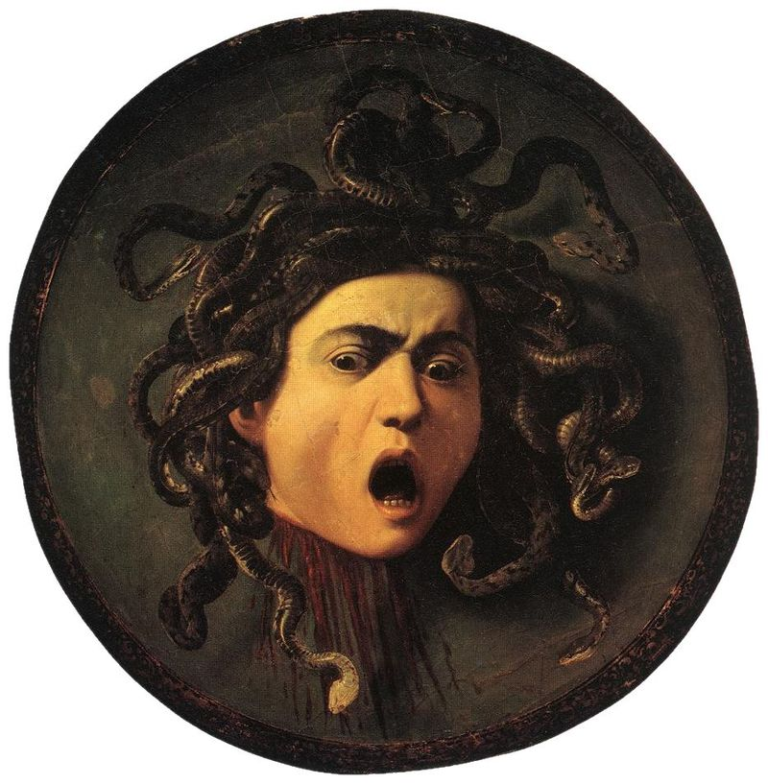NERO, the Roman Emperor..
Emperor Nero, son of Agrippina the Younger and Gnaeus Domitius Ahenobarbus, is amongst the most notable of Emperors to rule over the Roman Empire – though his infamy lives on as one of the craziest as well.

Nero’s Childhood.
Nero was born to Agrippina the Younger in 37 AD, on the 15th of December, to a conniving, manipulative mother, and a greedy, cruel father. It is said that Ahenobarbus himself states this to those who congratulated him on his son’s birth: “… any child born to him [Ahenobarbus] and Agrippina would have a detestable nature and become a public danger” (as told by Suetonius, an ancient historian). It seemed he had foretold the future.
He died soon after Nero’s birth, leaving Nero with only his Mother, Agrippina the Younger, who herself had a certain reputation. Agrippina is known for her lust for power, relentless scheming and manipulation of those around her to gain the upper hand. She socially climbed as far as possible, and as a woman in Rome, this involved multiple husbands, some of which she may have killed herself. Some few years after Nero’s birth she was exiled from Rome on accounts of treason for plotting the assassination of Emperor Caligula, her brother. Parentless for his early years, Nero was left in the care of an aunt, until Agrippina returned after the death of Caligula and continued her carefully planned rise to power.
NERO’S YOUNG AGE
During Nero’s teenage years Agrippina worked busily, murdering political rivals (including the very Aunt who had taken care of Nero), murdering her second husband, and – a most controversial scheme – seducing her own Uncle Claudius, the new Emperor of Rome. Now, at the time, incest was highly illegal and frowned upon in Rome. To combat this, Claudius passed a bill to allow it, before properly marrying Agrippina and adopting Nero as his legal son. Thus, his name was changed from Lucius Domitius Ahenobarbus to Nero Claudius Caesar Augustus Germanicus. She then pushed Nero politically and socially as a contender as the next Emperor, and somehow managed to have Claudius name him as his heir – even though he had his own blood son, Britannicus. Agrippina made sure to expose Nero to the public of Rome through his childhood, having him deliver a speech written by his tutor, Seneca, to the Roman Senate at the age of thirteen. Through this, he was favoured and accepted socially as an heir to the throne. Finally, Emperor Claudius was poisoned in 54 AD, likely by Agrippina – and Nero rose to his role.
Nero was the Emperor of the Roman Empire, At sixteen years old.

It had been exactly what Agrippina desired, as, since Nero was still a teenager, almost all power fell to her. She was appointed to important jobs doing things such as greeting foreign diplomats, and above all, she had the ear of the Emperor, who followed her advice closely. She and Seneca, Nero’s childhood tutor and now advisor, held the most power in the Empire. Agrippina was even featured in coins minted during early years of Nero’s reign, their faces on the same face of the coin, looking at one another or Agrippina at his shoulder, signifying her importance. This guidance was most definitely what influenced the period of time where Nero ruled as one of the greatest Emperors of Rome – the Quinquennium Neronis.
Quinquennium Neronis most literally translates to ‘Five Good Years of Nero’ and is used to refer to years 54CE – 59CE of Nero’s rule that acted as a Golden Age of Rome. His actions lead to social peace, progress in society and support for himself as a leader.
His reign brought an end to cycles of bad harvest that resulted in famine, an avoidance of battle or war, and he also greatly improved the crumbling economy caused by Emperors Claudius and Caligula by donating millions of his own personal money (made up of Agrippina’s husband’s inheritances) to the treasury. These acts won him the favour of both the Senate and the Roman public, and he was widely loved as an Emperor. His principal, as he had declared once starting his reign, was to ‘rule as Augustus did’ – a well-loved Emperor in his own right – which only pushed his popularity with the people. However, this paradise could not last. Nero was aging, and as his youth left him, as did his need for his advisor and Mother.
Originally, Agrippina had sixteen-year-old Nero married to a woman named Octavia to secure his position to the throne. Claudia Octavia, his step-sister. Now older, Nero had met and fallen in love with another woman: Poppaea Sabina, a married noblewoman. Poppaea had no interest in living as Nero’s mistress and so asked him to not only divorce Octavia, but to decapitate her and deliver her the head. Nero followed through, and the two were wed. Agrippina could tell she was losing influence with Poppaea, now permanent in Nero’s life, and knew there wasn’t long until he would turn on her, perhaps on Poppaea’s request. In a rather bizarre act, Agrippina chose to make the swift turn herself, and began spreading doubt amongst the public on if Nero had any true right to be Emperor. To ensure this, Nero ordered Britannicus, Claudius’ blood-related son, to be poisoned, and thus planned his Mother’s assassination.
NEROS ATTEMPT TO KILL HIS MOTHER.
Did Nero kill his mother? It was said Nero attempted multiple times to kill his mother in a somewhat interesting fashion: by poison, but she had built a resistance being so experienced in using it herself, by trapping a boat that carried her, but she was able to swim to safety. After so many failed endeavors, Nero resigned to ordering men to stab her in her home. Apparently, upon realising her son had condemned her to death, Agrippina told her assassins to strike her in the womb, where she had bore her monstrous son. Thus ended the life of the cunning strategist Agrippina the Younger, killed by the product of her malicious ventures.
Now that Agrippina had been taken care of, Nero’s closest allies consisted of Seneca, Poppaea, and Tigellinus, his personal guard, who was known to undertake any command Nero asked him of, no matter how garish. In the summer of 64CE, one of the most monumental tragedies struck Nero’s city: The Great Fire of Rome. The fire is believed to have started in the Circus Maximus, a chariot-driving course, by a brazier torch not put out correctly. It quickly engulfed the arena, three-quarters of Rome to follow soon after. The issue with Roman infrastructure was the high concentration of wooden buildings collected in neighbourhoods, which promoted the spread of the fire, combined with the dryness of summer. Destruction ensued for six days straight, dying down for a period of time – many thought the worst was over – only to pick back up for an additional three days. Burning for nine days in total, the majority of Rome was devastated and impoverished.
who set fire the Rome? A source trusted by many modern historians – the ancient historian Tacitus, who had seen the events of the fire with his own eyes – states that Nero had been at his holiday home in Antium at the time of the fire, which greatly contradicts other rumours that had circulated at the time. The word in Rome was that Nero himself had set the fire in order to be seen as a hero, or had been seen on the roof of his palace, playing an instrument and singing while his capital burned before his eyes. These claims held no factual weight, but were perpetuated by later actions of Nero. During the fire itself, however, Nero was reported to have acted honourably, saving many people from dying with quick-witted decisions. However, this was only the beginning to Nero’s destiny of chaos and decimation.









